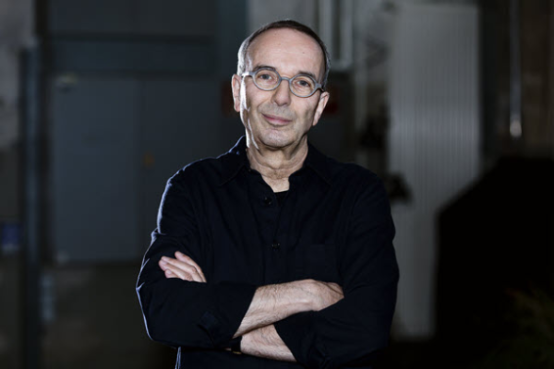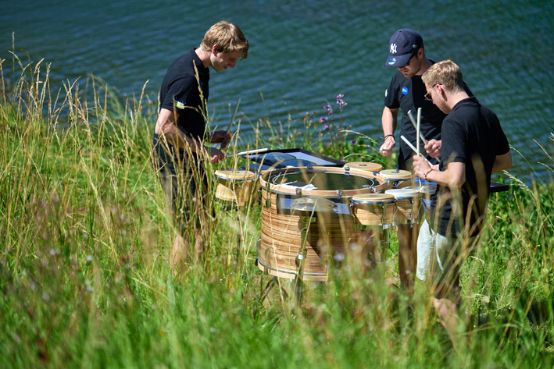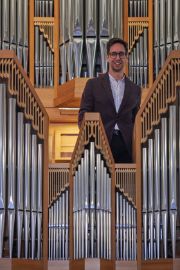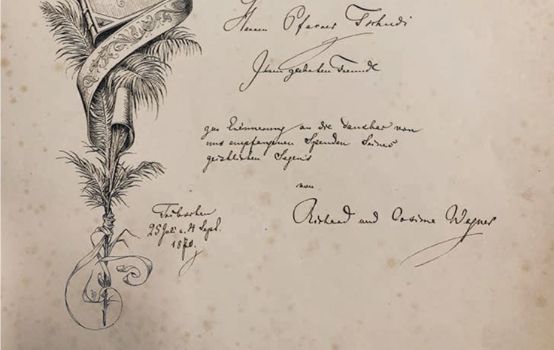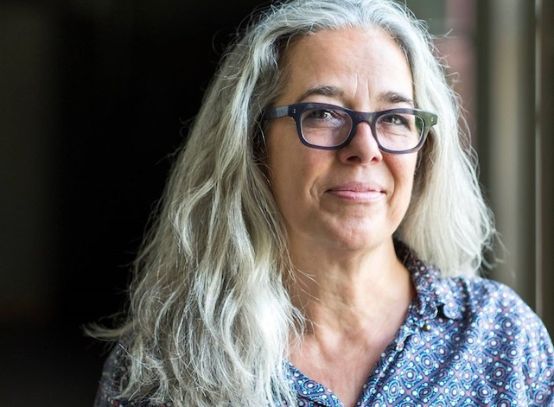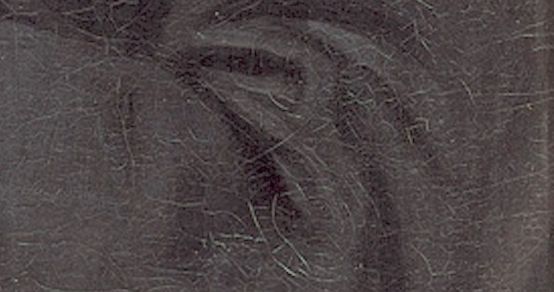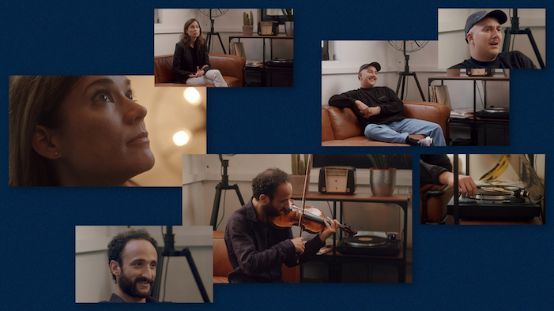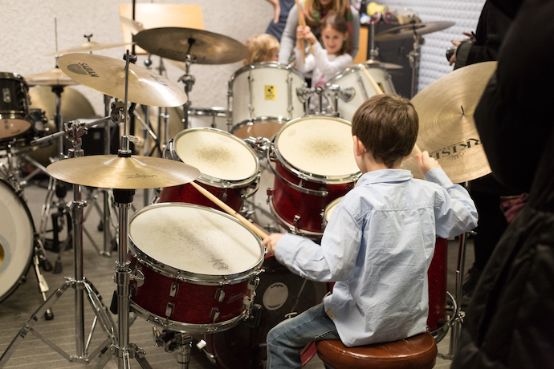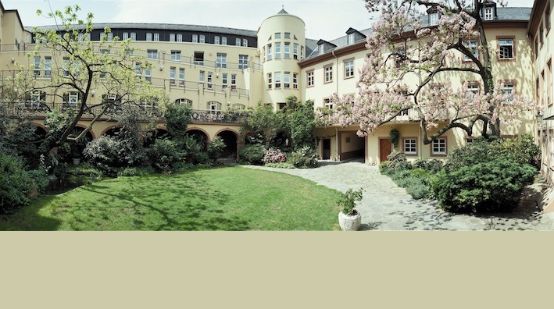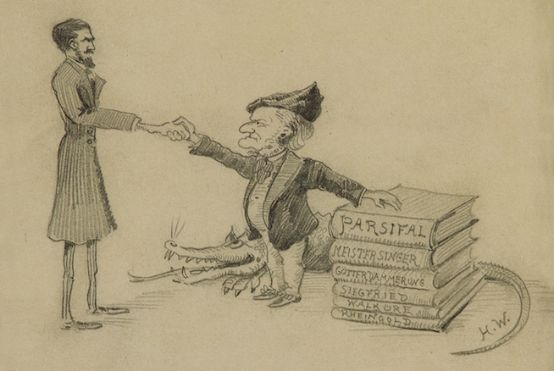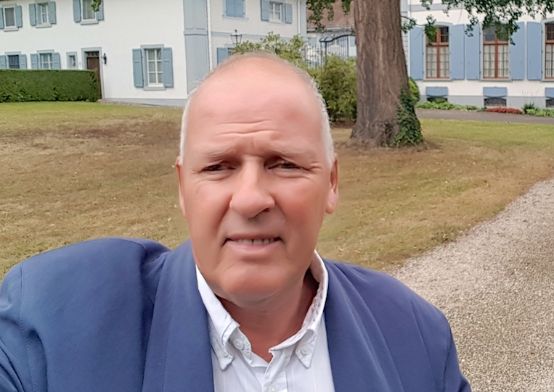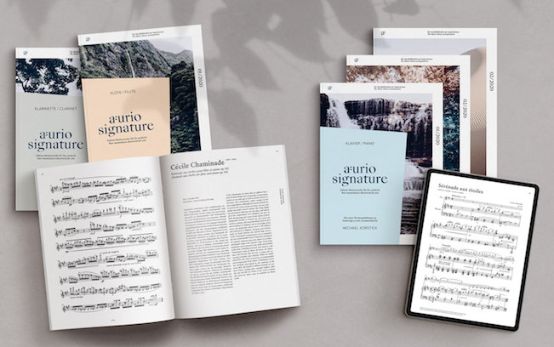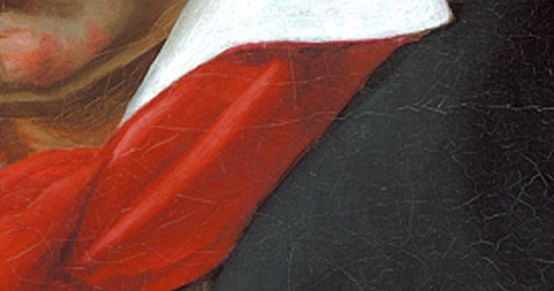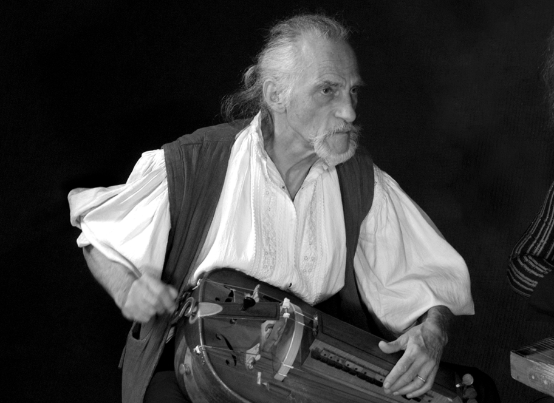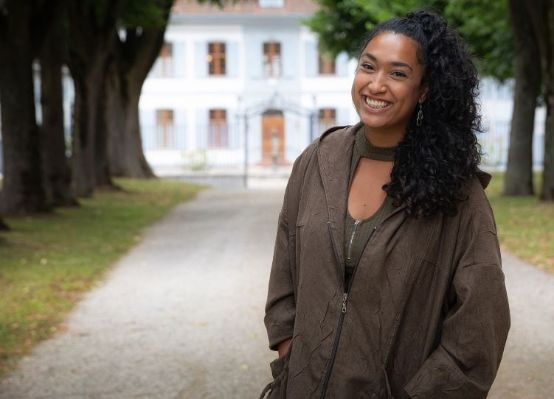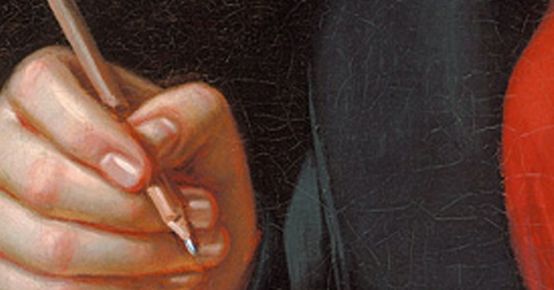After Beethoven had completed work on three symphonies between 1806 and 1808, there was another comparable surge of symphonic works and sketches in 1812. Whether and in what way this was related to Napoleon's Russian campaign, which kept the whole of political Europe in suspense, cannot be conclusively clarified. Nevertheless, it is striking that - as with the Symphonies Nos. 5 and 6, which were composed at almost the same time - sharply contrasting aesthetic and musical ideas are in direct proximity to one another. At the end of May, Beethoven even noted in a letter to the publishers Breitkopf & Härtel that he "writing 3 new symphonies, one of which is already finished"and meant the Symphony No. 7 in A major op. 92, the Symphony No. 8 in F major op. 93, but probably also the very first sketches for the later Symphony No. 9 in D minor op. 125.
The 8th Symphony was first performed in public on February 27, 1814 in the Great Redoutensaal, barely three months after the spectacular premiere of the 7th Symphony, which "Connoisseurs and non-connoisseurs alike" and was celebrated almost triumphantly. However, unlike its sister work, the Eighth - completely unexpectedly for the tense auditorium - made a big impression. "no furore"how the General musical newspaper noted. Beethoven defiantly commented on this remark with "precisely because it is much better". This is how Carl Czerny handed it down. Nevertheless, Eduard Hanslick (Vienna's musical memory and conscience, as it were) reported decades later that until around 1850, the Pastoral (No. 6) was usually meant when people spoke of the F major Symphony - as if Beethoven had never written a second work in this key.
The Eighth Symphony was obviously misunderstood early on as a (too) lightly constructed counterpart to the Seventh, whereby the metronomically ticking second movement and the metrically shifted, old-fashioned Tempo di Menuetto were often interpreted as humorous; the first movement and the finale were strangely less impressive. In all the movements of the symphony, Beethoven is not so much concerned with striking musical humor as with playing with the listener's expectations, who is repeatedly misled or surprised in a highly witty manner: with sudden dynamic outbursts, shifts in accent or irregularities in the shaping of the periods. The symphony also manages without a slow introduction. With the first note, Beethoven immediately jumps into the Allegro vivace e con brio and into 3/4 time, which is unusual for a first movement ...
P.S. In the popular canon on the "love Mälzel" and its metronome (WoO 162) is a forgery planted by Anton Schindler.
Would you like to be reminded whenever a new blog entry is published? Subscribe to our newsletter or the RSS feed!
